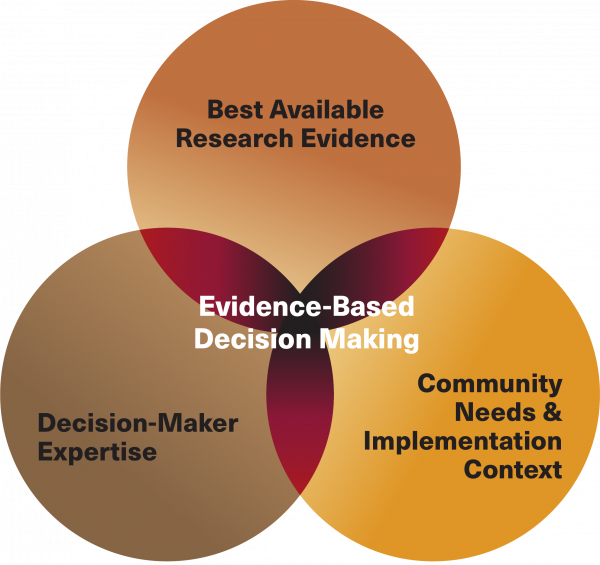Growing Capacity to Achieve the Governor’s Wildly Important Goals

The Colorado Lab is working with Governor Polis’s Office of Operations to build agency capacity to achieve the administration’s Wildly Important Goals (WIGs). The WIGs, identified through an annual strategic planning process, help state leaders focus on and track progress toward selected priority efforts.
Drs. Kristin Klopfenstein and Courtney Everson are partnering with state agencies to develop theories of change for a selection of critical administration goals, with the aim of identifying and prioritizing strategies to move the needle on these WIG targets:
- Strengthening the early childhood landscape (agency lead: Colorado Department of Early Childhood);
- Reducing traffic-related fatalities and serious injuries (agency lead: Colorado Department of Transportation, Colorado Department of Public Safety); and
- Reducing aggravated assaults (agency leads: Colorado Department of Public Health and Environment, Colorado Department of Public Safety, Colorado Department of Human Services, Colorado Department of Corrections).
The effort kicked off in February 2024 with a convening of Performance Management leaders. The Colorado Lab provided a deep dive on Colorado’s vision for evidence-based decision making (EBDM) in state government and an understanding of how to create a theory of change and implement EBDM.
“A theory of change is an important tool for mapping out how to achieve a WIG. It can help state leaders identify the most promising evidence-based strategies for driving change and the right data to monitor progress,” said Dr. Klopfenstein.
What is Evidence-Based Decision Making?
EBDM is the intersection of the best available research evidence, decision-makers’ expertise, and community needs and implementation context. EBDM recognizes that research evidence is not the only contributing factor to decisions. Other equally important factors include resourcing, cultural values, community voice, and feasibility of implementation.








